Glimpses of Harappan Archaeology (c. 2700 B.C-2000 B.C.) is a joint work of D.P. Sharma and Madhuri Sharma. The book includes introduction nomenclatures, discoveries, stories of excava-tions, migration, updates about Harappan Archaeology, Art, minor arts and crafts, Harappan society, religion, trade transport and the decline of Harappan civilization. The Harappan civilization is the most appropriate term for its nomenclature. In 1917, Lugi Pi Tessitori did excavations at Kalibangan. Prof. Nayanjot Lahiri has recently confirmed that Tessitori’s excavated material of Kalibangan belongs to Early and Mature Harappan age. Since then about 2668 Harappan and its associated sites have been reported in Northwest South Asia, whereas Harappan archaeologists have excavated only 208 sites. Harappan civilization covers 1-6 million sq. km. In area. The newly excavated sites of Harappan civilization are: Barror, Chak 86, Kuran, Bhirana, Mandi and Sanauli. The Harappans used steatite, Lapis-Lazuli, clay, Faience, ivory, gold, silver and carnelian for their craft and jewellery items. The artisans were skilled in making bronze, terracotta and stone sculptures, most of them being handmade and very small in size. This was the beginning of first urbanization in the subcontinent with the emergence of well-planned cities with massive walls and gateways, highly developed trade and transportation, agriculture and use of script and languages.
ABOUT THE AUTHOR Deo Prakash Sharma
Deo Prakash Sharma is an Art Historian, Museologist and field Archaeologist participated in the excavations at Pangoraria, Mansar, Narmada Valley, Bhimbetka Chopani - Mando, Mehagarha, Koldihwa, Mahadaha, Sringaverpura and Bharadvaj Ashram. Besides, he did extensive exploration in the districts of Fatehpur, Pratapgarh and Allahabad in U.P. and in Sehor District in Madhya Pradesh. Anopther significant contribution of the author is the discovery of Menander (Posthumous) Brahmi inscription from Reh. During 1983-84 he was awarded Commonwealth scholarship and he meritoriously qualified M.A. (Archaeology) with specialization in Palaeolithic Archaeology of the world and Pre-history of South East Asia and Australia from the Institute of Archaeology, London. He participated in the excavations at Sussex under the team of Archaeologists of Institute of Archaeology, London and at Pincentvetn (France) under Prof. Gaurhan and Mark Newcomer, both world famous Rock-art specialist. In 1985 he joined as Dy. Keeper, Pre-History and Archaeology at National Museum, New Delhi. In 1993 he was promoted as Keeper Education in National Museum. At present he is the Head of the Harappan, Pre and Proto-history and Early Archaeology collection at National Museum, New Delhi. The author has published 122 papers and ten books of which a few are listed here, Early Buddhist Metal Images of South Asia; Indus script on its way to Decipherment; Harappan Seals, Sealings and Copper Tables; Harappan Art Vol. I; Harappan Terracottas; Harappan Jewellery; Pre-historic Indian and South East Asia (Press) and Harappan Archaeology (Press) and Archaeology of Lower doab.
ABOUT THE AUTHOR Madhuri Sharma
Madhuri Sharma did her M.A. in Ancient History. She passed Post-graduate diploma in Museology. She did some research work on Application of Statistics in Prehistoric Archaeology in Deccan College, Poon. She participate in excavations at Pangoraria, Chopani Mando and Bhardwaj-Ashram. She also participated in an International Seminar at Hong Kong University and she has published two books and sixty Research papers. Her important publication is MUSEUM AND MUSEOLOGY. At present she is engaged in a research project on early metal Images of South Asia. She has done a project on documentation of Early Metal Images in Museums of U.P.

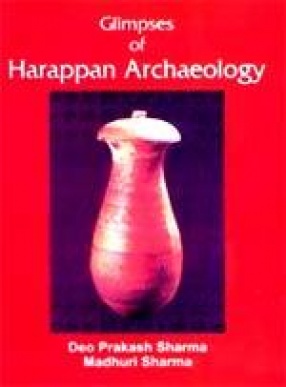
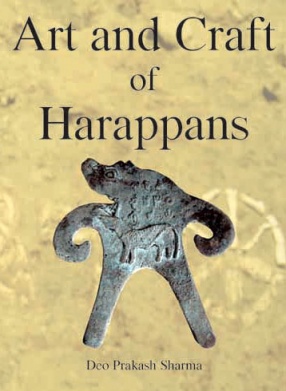
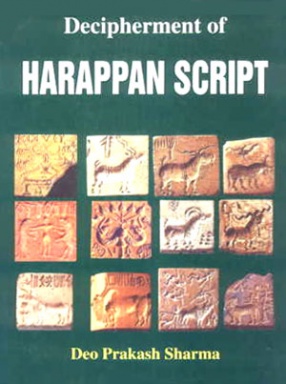
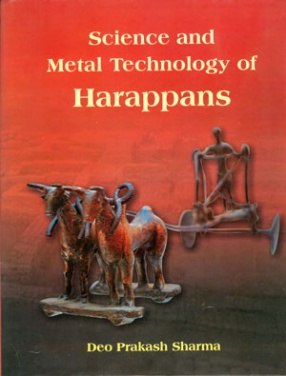
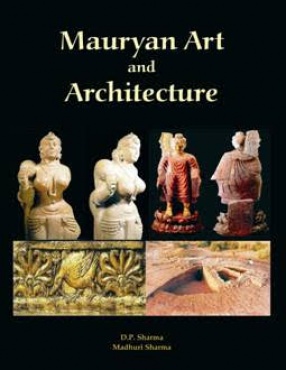

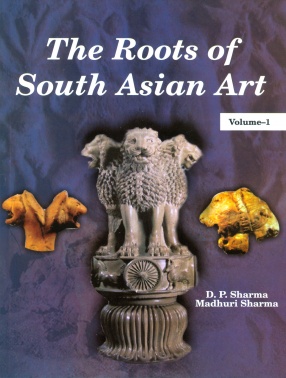
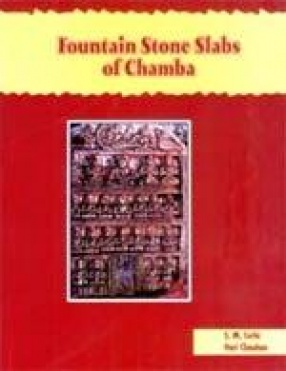
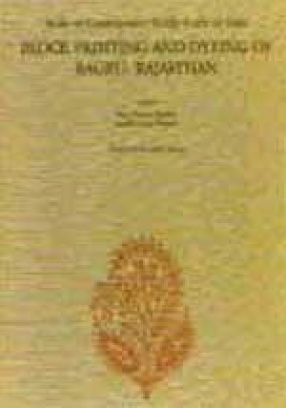
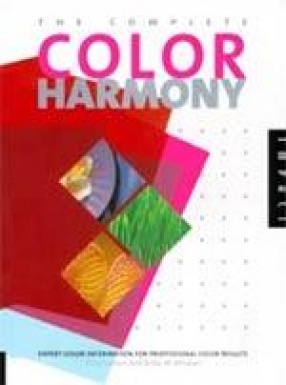
There are no reviews yet.